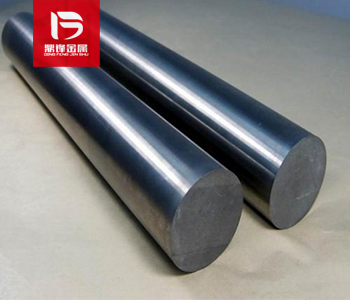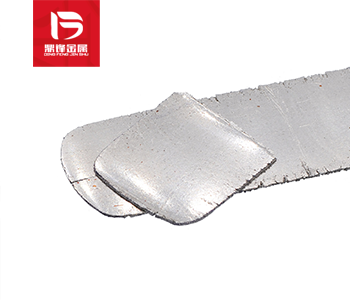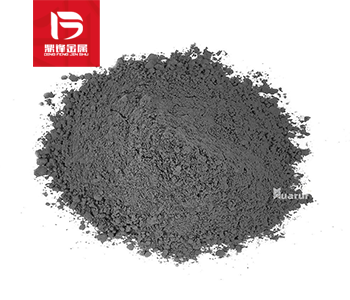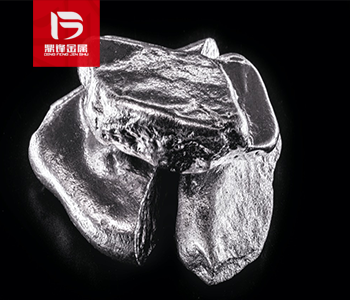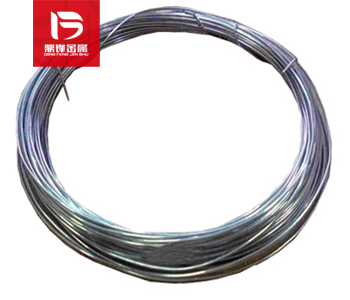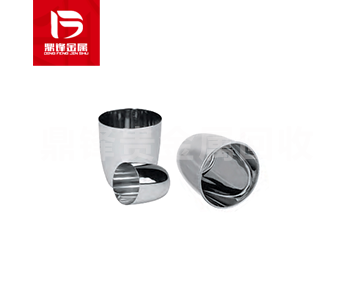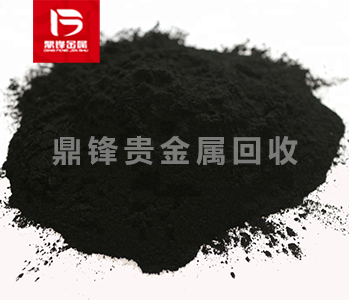The process of recovering and refining rhodium waste (full steps of rhodium waste recovery)
Rhodium is a rare and precious metal commonly used in fields such as catalysts, electronic components, and jewelry. Due to its preciousness, the recycling and reuse of rhodium waste has become particu
Rhodium is a rare and precious metal commonly used in fields such as catalysts, electronic components, and jewelry. Due to its preciousness, the recycling and reuse of rhodium waste has become particularly important. This article will introduce a rhodium waste recycling process that aims to achieve efficient and environmentally friendly rhodium recycling while minimizing its impact on the environment.
Step 1: Waste collection
Rhodium waste typically comes from various industrial processes, such as chemical plants, electronic manufacturing, and jewelry processing. In order to recycle these waste materials, it is first necessary to establish a waste collection system. Set up appropriate collection points in factories and processing plants to ensure that waste can be effectively captured and sent to recycling centers.
Step 2: Waste classification and disposal
Once the waste is collected, the next step is to classify and dispose of the waste. Rhodium waste may contain other metals, organic compounds, and impurities, therefore preliminary treatment is required. Firstly, the waste is sent to a pre-treatment unit for screening and separation. By using different screening methods, such as physical separation and dissolution, impurities and other metals in the waste can be separated, making the recovery process more efficient.
Step 3: Dissolution of Rhodium
After completing the preliminary treatment of the waste, the rhodium in the waste needs to be dissolved. This can be achieved by using appropriate solvents and chemical reactions. A commonly used method is to mix waste with concentrated nitric acid and react at appropriate temperature and pressure. This will cause rhodium in the waste to form a solution with nitric acid.
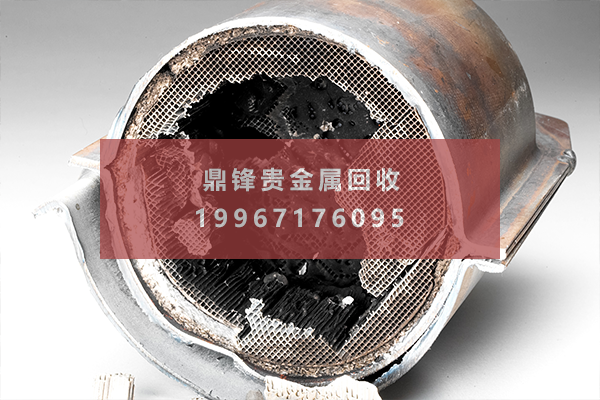
Step 4: Separation and purification of rhodium
Once rhodium is dissolved in the solution, the next step is to separate and purify it. This can be achieved by using a series of chemical methods. Firstly, reducing agents can be used to reduce other metals in the solution to metal particles. Then, rhodium particles can be separated from the solution through methods such as filtration and centrifugation. The next step is to further purify the rhodium particles. This can be achieved by using Liquid–liquid extraction, ion exchange and electrochemical methods. These methods will remove residual impurities and other metals, resulting in higher purity of rhodium.
Step 5: Refining and Forming of Rhodium
After purification, the obtained rhodium can be further refined and formed. This usually involves melting and cooling rhodium particles to obtain rhodium metal blocks or rhodium powders. These rhodium products can be used for various applications, such as catalyst preparation, electronic component manufacturing, and jewelry production. Finally, the waste and chemicals generated during the recycling process need to be properly disposed of. Wastewater and waste liquid should be properly treated and filtered to ensure that they do not cause environmental pollution. Solid waste can be treated through incineration or other suitable treatment methods.
This is an efficient and environmentally friendly rhodium waste recycling process. By appropriate collection, classification, treatment, and purification steps, rhodium in waste can be recovered and high-purity rhodium products can be obtained. This not only maximizes the utilization of resources, but also reduces negative impacts on the environment. This process helps promote sustainable development and contributes to the field of precious metal recycling.
&Quot; Dingfeng Precious Metals Recycling includes precious metals such as gold, silver, palladium, rhodium, platinum, germanium, iridium, ruthenium, etc. This is our business in precious metal recycling. If you have precious metals such as gold, silver, palladium, rhodium, platinum, germanium, iridium, ruthenium that need to be recycled, please contact us and we will provide you with a satisfactory price& Quot;



